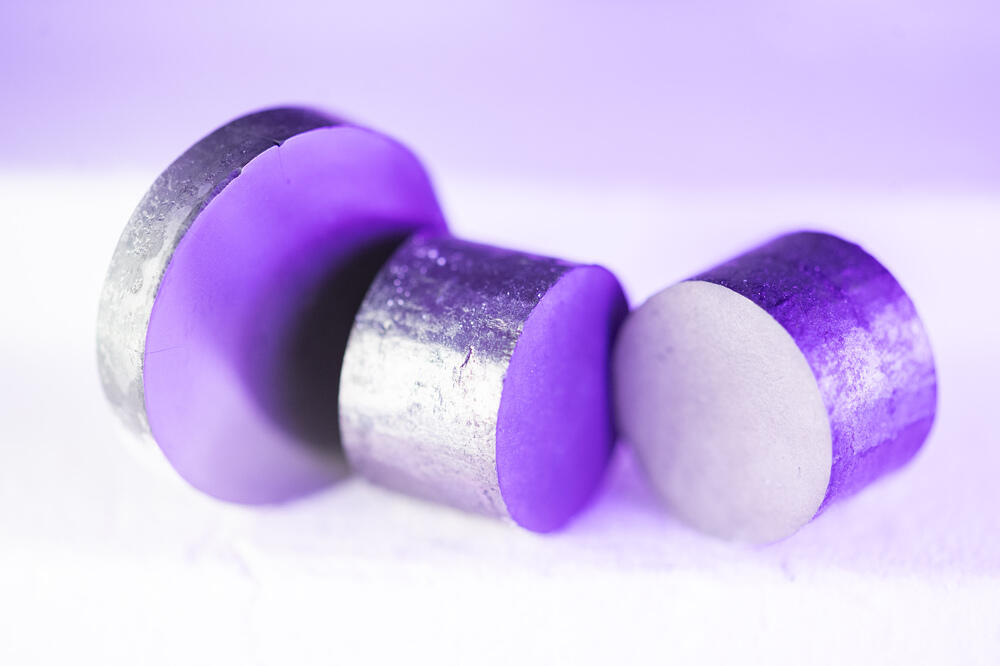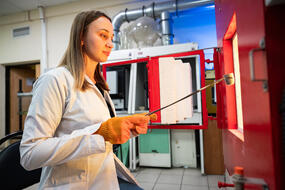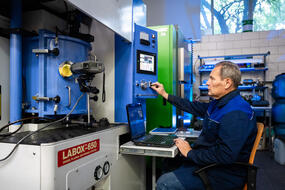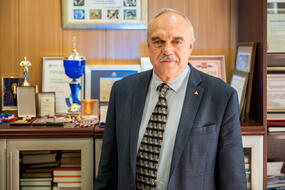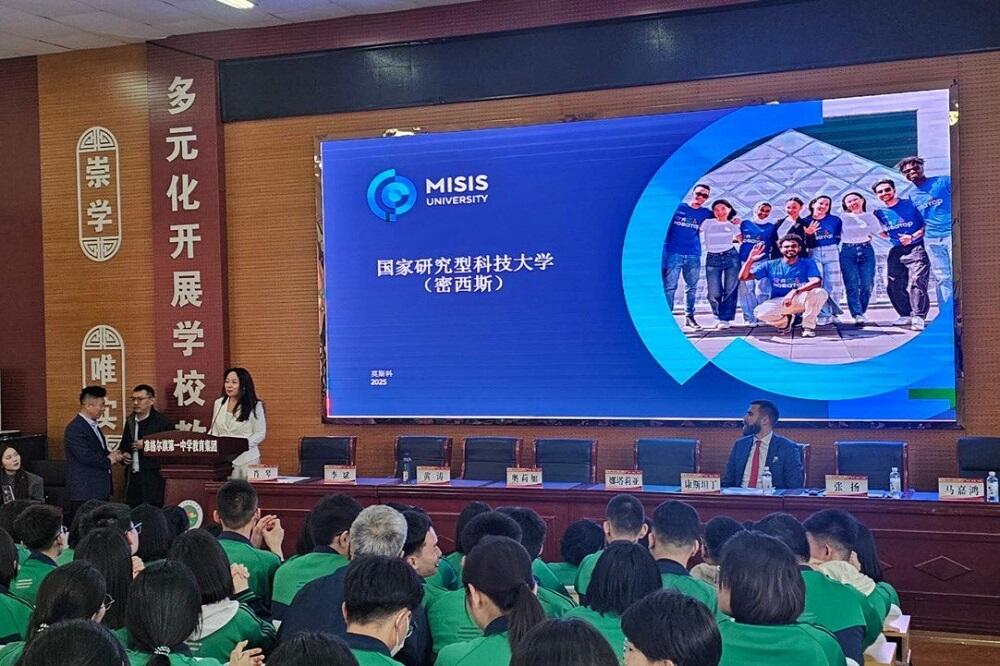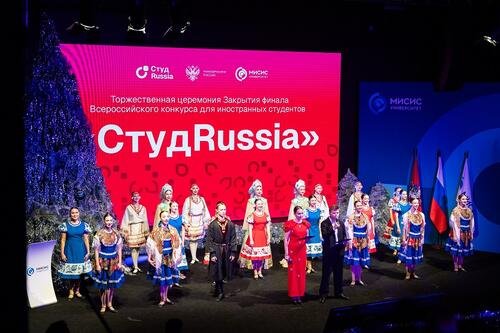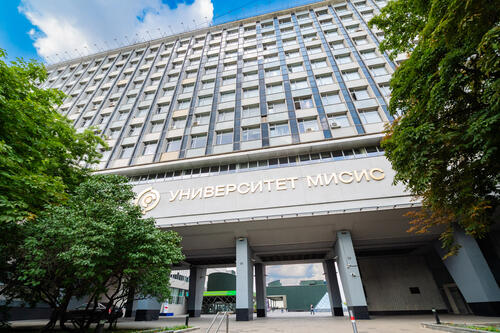Scientists from MISIS University, in collaboration with their colleagues from China, have created a protective coating for products made from niobium alloys, which are used in the energy and chemical industries. These coatings outperform untreated niobium substrates by 25 times in wear resistance and by several orders of magnitude in heat resistance.
Due to their high thermo- and corrosion-resistance, refractory metals, including niobium alloys, are essential in the production of oil and gas processing equipment, electrolytic capacitors, containers for molten metals, and more. However, at high temperatures in oxidative environments, they are susceptible to wear and destruction. To extend the lifespan of such products and create a protective layer, the researchers employed spark plasma sintering—an advanced material processing technique that uses pulsed direct current to create highly effective, unique microstructures that are difficult to achieve with conventional methods.
The starting materials were powders obtained by self-propagating high-temperature synthesis (SHS), containing a mixture of molybdenum disilicide from industrial waste of heating elements, along with zirconium, hafnium, and niobium silicides and borides.
“On niobium alloy substrates, we created a coating that prevents the diffusion of oxygen atoms into the material, thereby protecting it from oxidation at high temperatures and further degradation. By forming a layered structure made of borosilicate glass, oxides, and silicates of zirconium and hafnium, the coating exhibits self-healing properties for defects,” Evgeny Levashov, corresponding member of the Russian Academy of Sciences (RAS), head of the Department of Powder Metallurgy and Functional Coatings (PMiFP), and director of the SHS Scientific-Educational Center at MISIS-ISMANT (NUC SHS).
Sintering the powders in the range of 1400—1600°C formed a gas-tight protective layer, significantly improving both thermal and oxidative resistance. Detailed research results are published in the scientific journals International Journal of Refractory Metals and Hard Materials and Surface Engineering and Applied Electrochemistry.
“During sintering, a strong diffusion zone forms between the coating and the substrate, enabling exceptional heat resistance and resistance to cyclic thermal loads,” Ph.D. Philip Kiryukhantsev-Korneev, professor at the PMiFP Department and head of the “In Situ Diagnostics of Structural Transformations” laboratory at the NUC SHS MISIS.
“The engineering solutions developed by the scientists at MISIS University, a leading institution in the country for new technologies and materials, are successfully applied in various high-tech, research-intensive industries—from chemical manufacturing to nuclear energy. The ’self-healing’ coating created by our researchers under the guidance of Professor Evgeny Levashov, director of the NUC SHS MISIS-ISMANT and corresponding member of the RAS, far exceeds the heat and wear resistance of traditional niobium substrates. This new material will find applications in industries where equipment is operated with high intensity under extreme temperatures,” Alevtina Chernikova, rector of NUST MISIS.
The work was carried out with financial support from the Russian Science Foundation (grant No.
and the National Natural Science Foundation of China (grant No. 52261135546).
